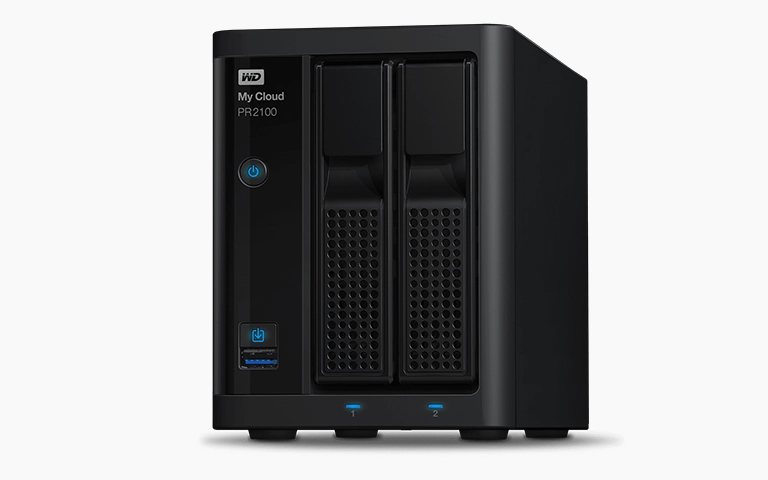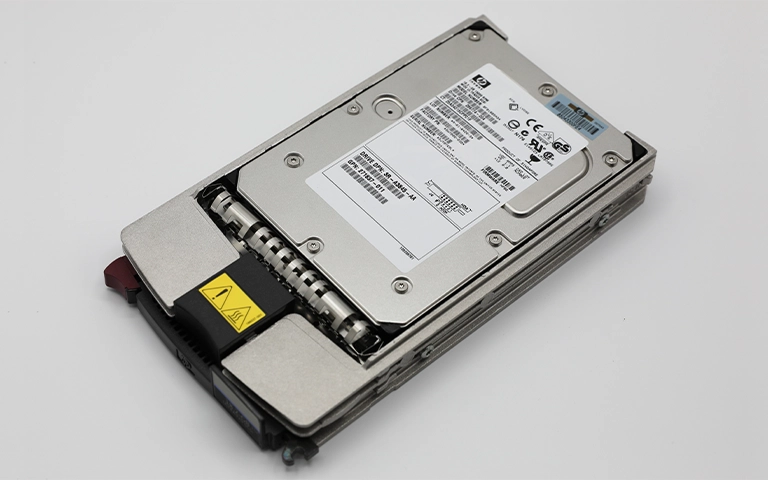RAID (Redundant Array of Independent Disks) is a virtual storage technology that combines multiple physical drives into one logical unit. Whether you’re using a desktop PC, a workstation, or a high-end laptop, RAID can offer better speed, greater storage efficiency, and protection against drive failure.
But when something goes wrong, RAID systems can be tricky to fix, and data recovery becomes more complex than with a single hard drive.
In this article, we explain how RAID works in computers, explore common RAID levels like RAID 0 and RAID 1, discuss performance and data loss implications, and cover recovery options when your system fails.

Why Computers Use RAID and What It Means for Data Safety
In desktop PCs and workstations, RAID is used to:
Improve read and write performance by striping data across drives
Provide redundancy by mirroring data across multiple disks
Expand storage by combining capacity from several drives
RAID is often found in:
Gaming PCs and video editing setups
Servers and developer workstations
Business desktops that handle large file workflows
While RAID provides performance and redundancy, it is not immune to failure. When a RAID setup fails, recovery becomes more complicated and typically requires professional intervention.

RAID 0 in Computers: Fast Performance, No Protection
RAID 0 stripes data across two or more drives for maximum performance. It is a popular choice for gaming, video rendering, and other high-speed storage needs.
Key Characteristics:
Requires at least two drives
Offers no redundancy
If one drive fails, all data is lost
Higher risk due to dependence on multiple drives

RAID 1 in Computers: Mirrored Data for Reliability
RAID 1 mirrors data across two drives, offering complete redundancy. It is ideal for systems that require data reliability more than performance.
Key Characteristics:
Requires two identical drives
Provides full redundancy
No performance boost
No additional usable capacity
RAID 1 Recovery

Advanced RAID Levels in Desktops and Workstations
In addition to RAID 0 and 1, many desktops and workstations use RAID 5 and RAID 10 for added performance and data protection.
RAID 5: Requires at least three drives. Offers striping with parity for fault tolerance and decent speed.
RAID 10: Combines mirroring and striping. Requires four drives and delivers both high performance and redundancy.
These levels are more complex but offer better data protection. They are commonly used in professional environments and business-grade storage systems.
Fast turnaround times for business-critical data
Pros and Cons of Using RAID in a Computer
Does RAID Work on Laptops?
Yes, some high-end laptops support RAID configurations, especially gaming laptops and business-class models from Dell, HP, ASUS, and Lenovo.
Benefits of RAID in laptops:
RAID 0 boosts performance for demanding applications
RAID 1 protects data through mirroring
Useful for video editing, virtualization, or secure backups
However, not all laptops support RAID. Always check BIOS and motherboard compatibility before attempting a RAID setup.

RAID 0 in Laptops: Speed Over Safety
Many performance laptops use RAID 0 with dual NVMe drives to boost speed. This setup is ideal for fast boot times, large game files, and video production.
But it carries a high risk. If one drive fails, all data is lost. Recovery requires both drives and expert-level reconstruction tools.
RAID 1 in Laptops: Reliable Storage for Professionals
RAID 1 is used in laptops for data redundancy. Professionals who handle critical documents or client files benefit from the safety of mirrored drives.
It does not improve performance or capacity but ensures that data remains accessible even if one drive fails.
What Happens When Laptop RAID Fails?
Laptop RAID systems fail due to:
Power loss or improper shutdowns
BIOS reset or configuration errors
SSD firmware issues
Controller or motherboard failure
Recovery is often difficult because:
Laptop RAID setups vary across manufacturers
Drives may use proprietary connectors
BIOS tools offer limited recovery support
We recommend turning off the laptop immediately and seeking professional help. DIY recovery attempts can make the situation worse.

How We Recover Data from Failed RAID Systems
At RAID Recovery Services, we handle recovery from:
RAID 0, 1, 5, and 10 configurations
Desktops, servers, and laptops
SSD and HDD combinations
Logical corruption, failed rebuilds, and controller failure
Our engineers image each drive, reconstruct striping or mirroring, and extract your data using custom tools. We ensure safe, secure, and accurate recovery of your files.
Need RAID Data Recovery?
If your RAID setup has failed, whether it’s on a desktop, laptop, or server, we’re here to help.
RAID Recovery Services offers:
Free diagnostics
Cleanroom recovery
Fast turnaround
Support for all RAID levels and devices
Contact us today to recover your lost data with expert care.
Trust the experts with proven results
Frequently Asked Questions
Does my laptop have RAID?
Not all laptops support RAID. Check BIOS or manufacturer specifications to confirm.
Can data be recovered from RAID 0?
Yes, but recovery is complex and should be done by professionals.
Does RAID 1 prevent data loss?
RAID 1 protects against a single drive failure but not against file corruption or user error
Is RAID faster than a single SSD?
RAID 0 and RAID 10 offer faster performance. RAID 1 does not.
What is the best RAID level for laptops?
RAID 1 for reliability, RAID 0 for performance, depending on the use case.